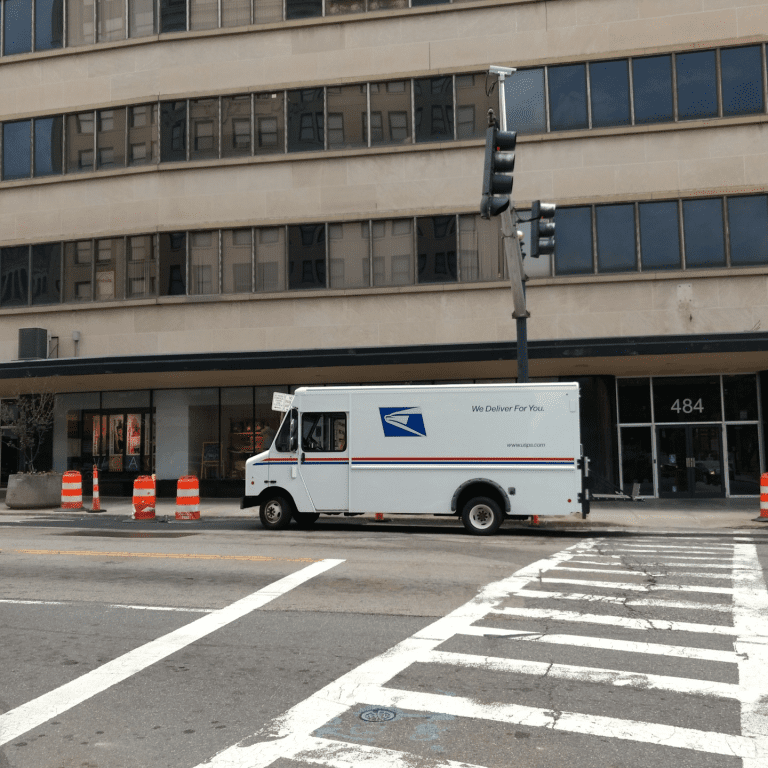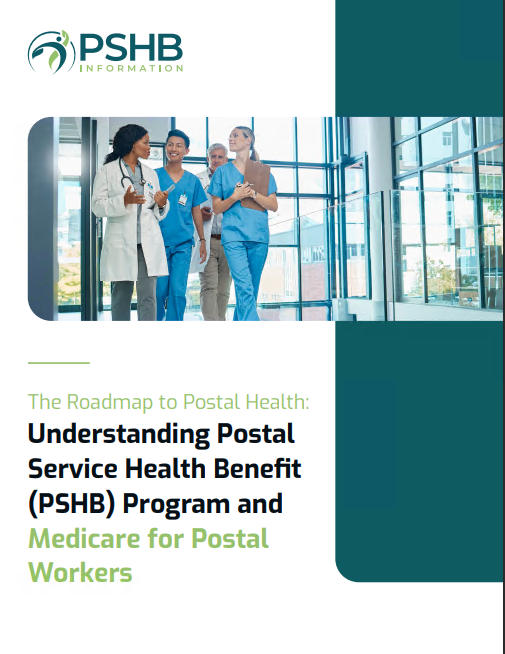Key Takeaways
-
Medicare Part A covers hospital expenses, but you may still have out-of-pocket costs depending on your work history and coverage choices.
-
USPS retirees should understand how Medicare Part A integrates with PSHB plans to avoid unexpected healthcare expenses and unnecessary costs.
Understanding Medicare Part A for USPS Employees and Retirees
If you’ve spent years working for the United States Postal Service, you may be wondering whether Medicare Part A is something you need to worry about in 2025. Since Medicare is a major part of retirement planning, knowing how Part A fits into your healthcare coverage can save you from costly surprises down the road.
Understanding Medicare Part A’s costs, coverage, and how it interacts with the new Postal Service Health Benefits (PSHB) Program is essential for planning a financially secure retirement. Many USPS retirees mistakenly assume that Medicare covers everything, but gaps in coverage and cost-sharing requirements can lead to unexpected expenses. Taking the time to understand these details now can help you avoid financial strain later.
What Medicare Part A Covers
Medicare Part A is primarily hospital insurance. It helps pay for:
-
Inpatient hospital stays
-
Skilled nursing facility (SNF) care (under specific conditions)
-
Hospice care
-
Some home healthcare services
However, just because it covers these services doesn’t mean it’s free. That’s where understanding your costs comes in. Medicare Part A follows a cost-sharing structure where you pay deductibles and coinsurance for hospital stays and skilled nursing care. Even if you qualify for premium-free Part A, these expenses can add up over time.
Do You Have to Pay for Medicare Part A?
Most people qualify for premium-free Part A if they (or their spouse) have worked and paid Medicare taxes for at least 40 quarters (10 years). If you don’t meet that requirement, you may have to pay a monthly premium:
-
30-39 quarters of work history: You pay $284 per month in 2025.
-
Less than 30 quarters: You pay $518 per month in 2025.
If you’re a USPS retiree, your work history likely qualifies you for premium-free Part A, but it’s always best to check your Medicare eligibility to be sure. If you have gaps in your work history, consider whether paying for Part A makes sense financially or if your PSHB plan provides enough coverage.
The Costs You Can’t Ignore: Deductibles and Coinsurance
Even if you qualify for premium-free Part A, there are still out-of-pocket costs you need to plan for:
-
Inpatient hospital deductible: $1,676 per benefit period
-
Hospital stay coinsurance:
-
Days 1-60: $0 per day (covered by Part A)
-
Days 61-90: $419 per day
-
After 90 days: $838 per day (lifetime reserve days apply)
-
-
Skilled nursing facility (SNF) coinsurance: $209.50 per day (days 21-100)
If you expect frequent hospital visits in retirement, these costs can add up quickly. Since there is no out-of-pocket maximum with Medicare Part A, long hospital stays or multiple admissions can become a financial burden. This is why many USPS retirees consider enrolling in Medicare Supplement plans or coordinating coverage with PSHB to help with these expenses.
How Medicare Part A Works with the PSHB Program
Starting in 2025, USPS retirees are covered under the new Postal Service Health Benefits (PSHB) Program, replacing the previous Federal Employees Health Benefits (FEHB) system.
If you are Medicare-eligible, PSHB plans will likely coordinate with Medicare to lower your overall out-of-pocket costs. Many plans waive deductibles and reduce hospital copays for enrollees who have Medicare Part A and Part B. Some PSHB plans may even offer added benefits for those who enroll in both parts of Medicare, so reviewing plan options is essential.
Should You Enroll in Medicare Part A?
For most USPS retirees, enrolling in Part A is a smart decision, especially if you qualify for premium-free coverage. Here’s why:
-
It acts as secondary insurance when paired with PSHB, reducing hospital costs.
-
Some PSHB plans waive cost-sharing for those with Medicare.
-
Even if you stay on a PSHB plan, having Part A can protect against high inpatient costs.
-
It helps cover skilled nursing facility care, which can be costly without insurance.
Since there is no additional cost if you qualify for premium-free Part A, there’s little downside to enrolling. However, if you do have to pay for Part A, it’s important to weigh the costs against the benefits of your PSHB plan.
What Happens If You Delay Medicare Part A?
If you’re still working for USPS and have active employee health coverage, you don’t have to enroll in Medicare at 65. However, delaying can create issues if you don’t have employer coverage. If you delay without qualifying for a Special Enrollment Period (SEP), you may have to wait until the General Enrollment Period (January 1 – March 31 each year) and face delayed coverage.
It’s also important to note that delaying enrollment could result in gaps in coverage, leading to higher out-of-pocket costs for hospital stays. If you’re unsure about your situation, checking with a Medicare expert can help you determine the best course of action.
Can You Keep Your PSHB Plan Without Medicare?
Yes, but if you retire and don’t enroll in Medicare Part B, you may end up paying more for healthcare. While Part A covers hospital services, Part B covers outpatient care—and most PSHB plans expect retirees to enroll in both.
Some PSHB plans even offer Part B premium reimbursement, making enrollment more beneficial. If you’re unsure how your plan handles Medicare, it’s important to review the details before making a decision. USPS retirees who delay Medicare enrollment may also find that their PSHB plan has higher cost-sharing requirements.
What If You Need Long-Term Care?
Medicare Part A does not cover long-term custodial care in a nursing home. It only covers short-term skilled nursing care after a qualifying hospital stay. If you need extended long-term care, you will have to pay out of pocket unless you have additional coverage through Medicaid or a separate long-term care plan.
How to Apply for Medicare Part A
Enrolling in Part A is simple if you’re already receiving Social Security or Railroad Retirement benefits—you’re automatically enrolled at 65. If not, you can apply through the Social Security Administration (SSA) online, by phone, or in person.
The Initial Enrollment Period (IEP) is your first opportunity to enroll:
-
Starts 3 months before you turn 65
-
Ends 3 months after your 65th birthday month
If you miss this period and don’t qualify for a Special Enrollment Period, you may have to wait until the next General Enrollment Period.
Making Sure You’re Covered
Navigating Medicare and PSHB as a USPS retiree doesn’t have to be stressful. By understanding how Medicare Part A fits into your overall retirement healthcare plan, you can make informed decisions about enrollment, costs, and coverage options.
If you’re unsure whether Medicare Part A is right for you, reach out to a licensed agent listed on this website for professional advice tailored to your situation.










